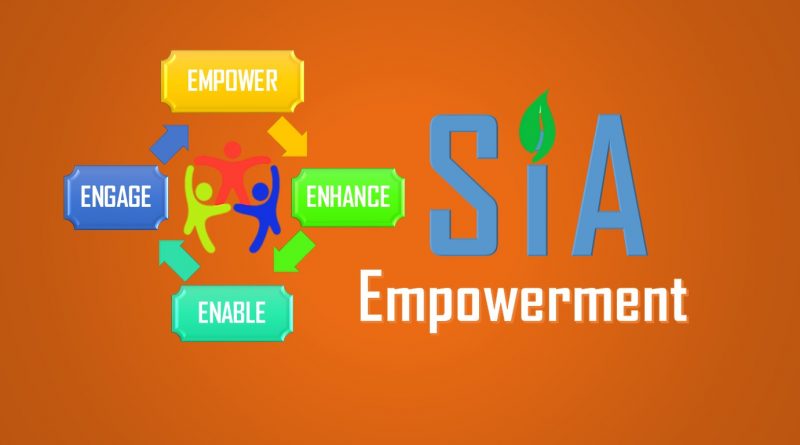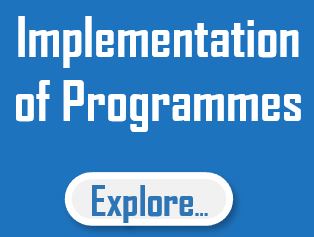
Child Protection Strategies
SUMMARY: We are sharing with you child protection strategies and request your support in the execution of strategies. Please read detailed information about our strategy and then fill out the Donation Form at the end of this page.
Definitions
- Child protection is the safeguarding of children from violence, exploitation, abuse, and neglect. It includes all sets of services designed to protect children and young people who are under the age of 18 years.
- Child protection systems are a set of usually government-run services designed to protect children and young people who are underage and to encourage family stability.
- Child abuse means ill treatment or neglect leading to physical, sexual or emotional injury or harm.
Categories of children needing help
A 2014 European Commission survey on child protection systems listed the following categories of children needing help:
- Child victims of sexual abuse/exploitation
- Child victims of neglect or abuse
- Child victims of trafficking
- Children with disabilities
- Children in a situation of migration
- Unaccompanied children in a situation of migration
- Children without parental care/in alternative care
- Children in police custody or detention
- Street children
- Children of parents in prison or custody
- Children in judicial proceedings
- Children in or at risk of poverty
- Missing children (e.g. runaways, abducted children, unaccompanied children going missing)
- Children affected by custody disputes, including parental child abduction
- Children left behind (by parents who move to another EU country for work)
- Children belonging to minority ethnic groups, e.g. Roma
- Child victims of female genital mutilation or forced marriage
- Children who are not in compulsory education or training or working children below the legal age for work
- Child victims of bullying or cyberbullying
Forms of Child Abuse
- Neglect: The persistent or significant neglect of a child, or the failure to protect a child from exposure to any kind of danger, including cold or starvation, or persistent failure to carry out important aspects of care, resulting in the significant impairment of the child’s health or development including non-organic failure to thrive.
- Sexual Abuse: The sexual exploitation of a child or young person for an adult’s or another young person’s own sexual gratification, the involvement of children or young people in sexual activities of any kind (including exposure to pornography – which they do not understand, to which they are unable to give informed consent or that violate normal family roles.
- Emotional Abuse: Persistent or significant emotional ill-treatment or rejections, resulting in severe adverse effects on the emotional, physical and/or behavioural development of a child.
- Physical Abuse: Physical injury to a child, whether deliberately inflicted or knowingly not prevented.
Child safeguarding
Safeguarding is the action that is taken to promote the welfare of children and protect them from harm.
Safeguarding means:
- Protecting children from abuse and maltreatment
- Preventing harm to children’s health or development
- Ensuring children grow up with the provision of safe and effective care
- Taking action to enable all children and young people to have the best outcomes.
Child protection is part of the safeguarding process. It focuses on protecting individual children identified as suffering or likely to suffer significant harm.
Our Recommendations
Sustainability in Action (SiA) recommends the following ways or strategies to promote and facilitate child protection;
Strategy #1: Promote innovation of child protection initiatives for children sustainable development
➠ Design and implement projects that create a way for children to achieve sustainable development in the future
➠ Conduct training and facilitation sessions
➠ Induce collaboration with other national and international organizations with interest in innovation of initiatives that create a way for children to achieve sustainable development in the future
Strategy #2: Facilitate social and economic initiatives that create a way for children to achieve sustainable development in the future
➠ Provide technical support to children groups/centers in their social and economic development issues
➠ Link development stakeholder and Marginal communities
Call for Donation and/or Partnership
SiA is requesting your donation to support the implementation of the above strategy.
Use the following form to notify SiA about your donation interest. We will get back to you as soon as possible.




